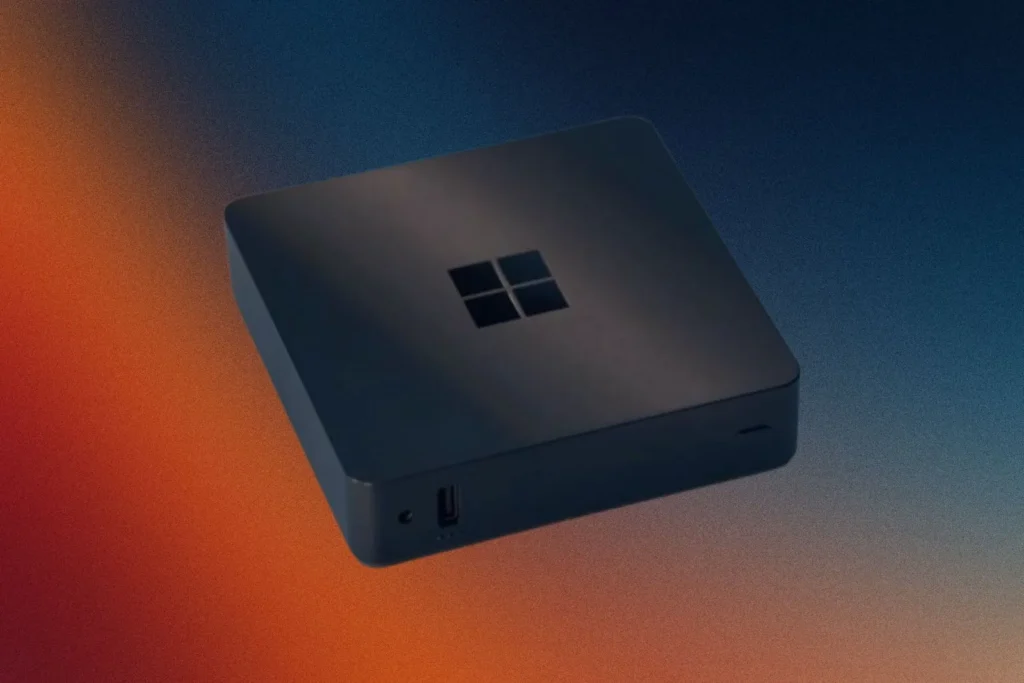Are your PCs getting old and sluggish? Well, it’s time to give them a new lease on life! In this blog post, we will show you how to transform your outdated computer into a powerful thin client for cloud computing. Say goodbye to slow loading times and hello to lightning-fast performance. Not only this, but these endpoints will no longer be security liabilities and they will be very simple to manage. Lets have a look at how we can revive your old PCs and unlock their true potential in the exciting world of cloud computing!
Move to a Virtual Desktop / Cloud Desktop infrastructure
This first thing you will need to do is move to a virtual desktop infrastructure (VDI). With the increasing need for flexibility, mobility, and cost-effectiveness in today’s fast-paced world, traditional desktop PCs can be replaced by virtual desktops or cloud desktops. This allows users to access their desktop environment from any device with an internet connection. This removes the need for very powerful and expensive endpoints since most of the computing power and storage are on the server. This can be achieved through numerous solutions on the market including but not limited to Citrix, VMware, and Microsoft.
Install a lightweight thin client OS on the endpoint
Installing a lightweight Thin Client OS on your endpoint is an easy and cost-effective way to transform your old PC into a powerful thin client for cloud computing. This process involves replacing the existing operating system with a more streamlined and optimized one that is specifically designed for thin client use.
One of the main advantages of using a lightweight Thin Client OS is that it requires much less processing power and resources compared to traditional operating systems. This means that even older PCs with lower specifications can still function smoothly as a thin client, providing access to cloud-based applications and desktops without any lag or performance issues.
There are several lightweight Thin Client OS options available in the market, such as Stratodesk, Unicon, Praim, Igel, and others. These operating systems are based on Linux and offer features that are tailored towards thin client use, such as enhanced security measures, simple user interface, and remote management capabilities.
The installation process may vary slightly depending on the chosen Thin Client OS; however, the general steps remain similar.
Step 1: Backup Your Data
Before proceeding with the installation process, it is essential to back up all your data from the existing operating system. This includes documents, pictures, videos, and any other important files you may have stored on your PC. You can either save them onto an external hard drive or upload them onto a cloud storage service like Google Drive or Dropbox.
Step 2: Downloading the ISO File
Once you have backed up your data, you will need to download the ISO file for the lightweight Thin Client OS you have chosen. You can find this on the developer’s website or download it from a trusted third-party source.
Step 3: Create a Bootable USB Drive
After downloading the ISO file, you will need to create a bootable USB drive to install the new operating system. This can be easily done using a free tool like Rufus or UNetbootin.
Step 4: Boot from the USB
Once you have created your bootable USB drive, insert it into your PC and restart your computer. During startup, enter the BIOS settings by pressing F2 or Del key (the key may vary depending on your PC brand). In the BIOS settings, change the boot order to prioritize booting from the USB drive.
Step 5: Install the Thin Client OS
After successfully booting from the USB drive, follow the prompts to install the Thin Client OS onto your endpoint. Make sure to select “Erase disk and install” option during installation to completely replace your existing operating system.
Step 6: Reboot and Configure
Once the installation is complete, remove the USB drive and reboot your computer. You will then need to configure some basic settings such as language, time zone, and network connectivity.
Take advantage of the management tools available
One of the main advantages of using a thin client for cloud computing is the availability of free management tools. These tools not only simplify the management process, but also help in optimizing the performance and security of the endpoint.
Advantages of repurposing PCs into thin clients
There are numerous advantages to repurposing old PCs into thin clients for cloud computing. Some of the key benefits include cost savings, enhanced security, increased lifespan of the device, and improved performance.
Cost Savings:
One of the biggest advantages of repurposing old PCs into thin clients is the cost savings. Instead of investing in new hardware for your employees or business, you can utilize existing devices and convert them into powerful thin clients. This not only saves money on purchasing new equipment but also reduces maintenance costs in the long run.
Enhanced Security:
Thin clients offer a more secure option for accessing cloud-based applications and data. By converting an old PC into a thin client, all data and applications are stored on a centralized server rather than on the local machine. This eliminates any risk of sensitive information being compromised if the device is lost, stolen or hacked. Additionally, with no local storage or operating system to maintain, there is less risk of malware or viruses infiltrating the device.
Increased Lifespan:
Another significant advantage of repurposing old PCs as thin clients is that it extends their lifespan. As traditional computers become outdated and struggle to keep up with modern software requirements, they are often discarded. However, by converting them into thin clients that rely on remote servers for processing power and storage, these devices can continue to be used effectively for many years.
Improved Performance:
Turning an old PC into a thin client can significantly improve its overall performance. Thin clients require minimal processing power as most operations are handled
Now What?
There are many solutions on the market that will allow you to transform PCs into Thin Clients, rendering them more secure, easier to manage, with a simple and optimized user experience. These include solutions like Stratodesk, Unicon, Praim, Igel, ZeeTim, 10ZiG, and others.
ThinClient Direct can point you in the right direction depending on your requirements. We will maximize your savings by transforming your current PCs into Thin Clients, but when the time comes for new hardware, our TCD line is there for you.



